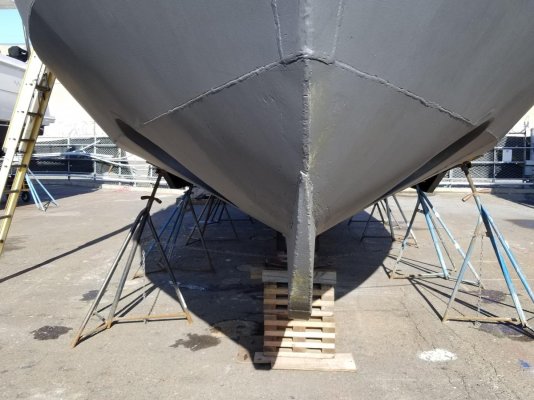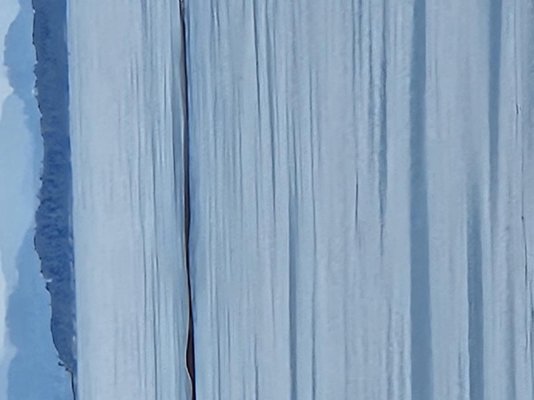Looking out at the channel between San Juan Island and Brown Island, WA, there are 100s of logs of various sizes today (sticks up to telephone pole size). A real obstacle course, thanks to the king tides lately, plus storms and rain!
Although I'm not going out soon, it leaves me "chair piloting" and thinking about how to handle logs. What am I missing? Here's what I do:
1. When logs are around, slow down. I keep a look for them and ask Admiral to do the same. If we see one, slow down (if needed).
2. Expect logs where currents meet, swirl, get shallower, etc. For instance, around heads, points, and reefs. Look even closer.
3. Avoid the Swinomish Channel LOL. Also avoid narrows such as Deception Pass with current.
4. Go far around them, if clusters are seen ahead.
5. But then ... if we end up in a log collection, go to neutral. Float through them slowly using momentum as much as possible without prop. Short bursts of throttle as needed to maintain movement.
Other additions? (I sometimes ponder how bad it would have to be, before I would tie the dinghy alongside and try using it as a tug...)
Although I'm not going out soon, it leaves me "chair piloting" and thinking about how to handle logs. What am I missing? Here's what I do:
1. When logs are around, slow down. I keep a look for them and ask Admiral to do the same. If we see one, slow down (if needed).
2. Expect logs where currents meet, swirl, get shallower, etc. For instance, around heads, points, and reefs. Look even closer.
3. Avoid the Swinomish Channel LOL. Also avoid narrows such as Deception Pass with current.
4. Go far around them, if clusters are seen ahead.
5. But then ... if we end up in a log collection, go to neutral. Float through them slowly using momentum as much as possible without prop. Short bursts of throttle as needed to maintain movement.
Other additions? (I sometimes ponder how bad it would have to be, before I would tie the dinghy alongside and try using it as a tug...)


